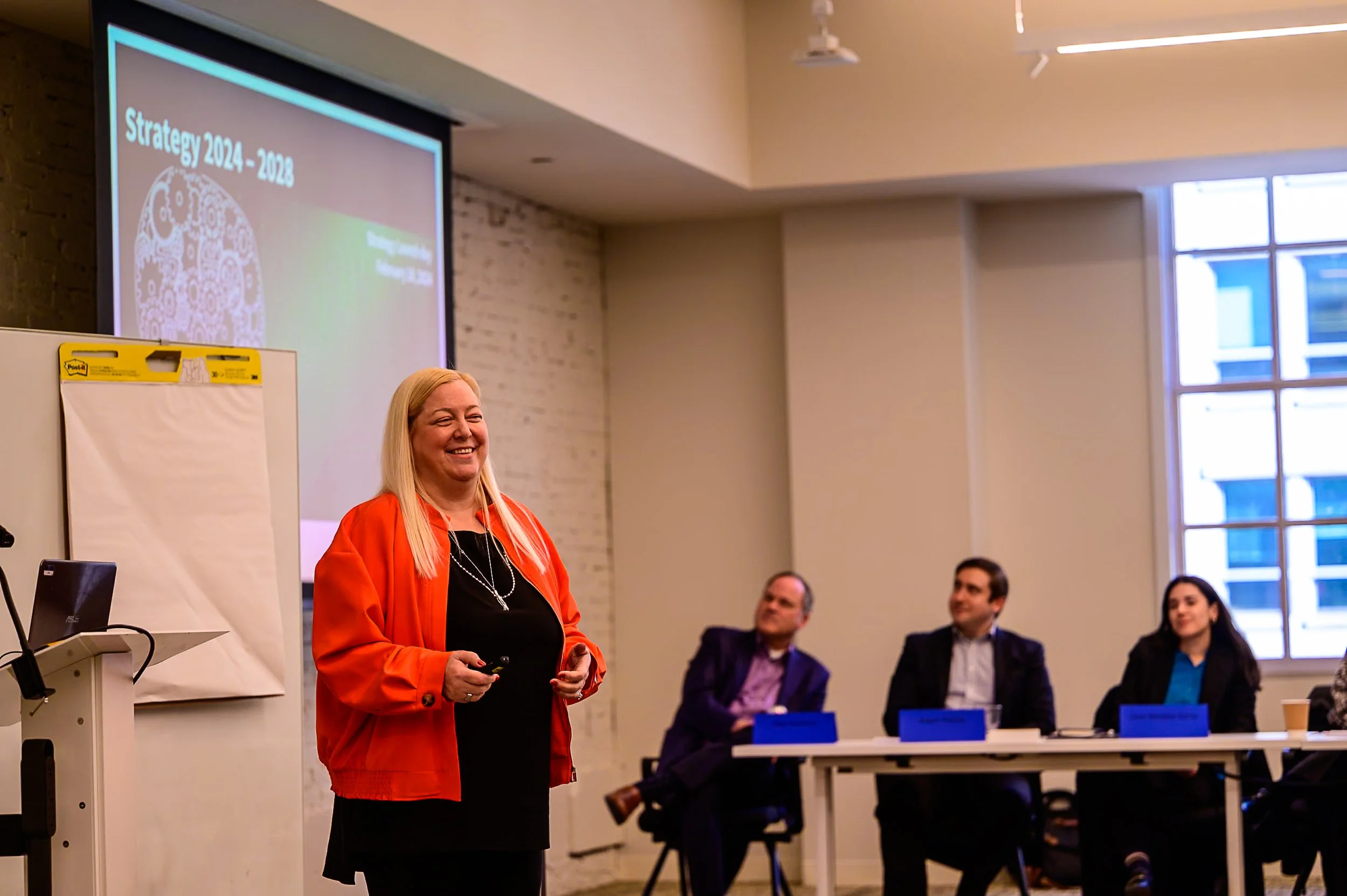
Solving Problems the Old-Fashioned Way: With Facts
Whether it is responding to a global crisis or packing a moving truck, we all participate in problem-solving in some form each day. Still, too often when we face complex problems at the organizational level, we jump directly into the problem rather than following a fact-based process to address it.
Problem-solving is a fundamental skill in any work environment but following a structured and repeatable approach to problem-solving greatly enhances outcomes.
The ideal approach to solving a problem is the Old-Fashioned Way – with a fact-based, repeatable process: clarifying the problem, identifying and applying a formula, and gathering appropriate facts to develop a solution. Using this tested process based in facts allows problems to be solved quickly and efficiently, and often with stronger results.
The Old-Fashioned Way process of using facts to solve a problem involves:
1. Defining the Problem: Before beginning to solve a problem, the critical first step is defining what the problem is since no two problems are the same. Some are a single, complex problem, whereas others may require solving multiple, interrelated problems. When defining a problem, provide clarity, direction, focus, and consensus to identify it, and always have these outcomes in mind
2. Identifying the Context: A problem may be rooted in a need to better address customer, and/or stakeholder needs, while others may center around internal processes. Consider previous attempts to solve the problem – it is unlikely that this is the first attempt. Review the results of the methods used previously and review other methods that solved similar issues in the same agency or organization
3. Using a Framework and a Process: Just like a mathematical formula, the framework identifies unknowns which need to be uncovered in solving the problem. Using your own words to decompose the problem is often the best way to simplify and clarify it. Often, the most critical breakthroughs occur when recognizing that a massive and complex problem only consists of a few key issues
4. Gathering Facts and Information: Collect and analyze information from interviews, focus groups, or brainstorming sessions. Interviews are essential, and highly visible aspects of any problem-solving effort. Similarly, focus groups can be very effective in expanding buy-in or insights on issues that are not sensitive. Additionally, Brainstorming is effective in gaining insight and involving key stakeholders early in the process
5. Sharing Insights: Share what you learn in a compelling, clear, and actionable ways. Solicit feedback, confirm insights, and align the stakeholders to launch into solutions
6. Recommending Solutions That Tie to Insights: Generate solutions that reflect the insights and have clear outcomes related to the clearly defined problem. Generate buy-in and build momentum for the solutions. Prioritizing the most impactful solutions and assigning clear ownership allows for early progress
7. Implementing in an Agile Way: Agile, incremental implementation with experimentation and innovation is a great way to see what solutions will work best, mitigate risk, and accelerate quick wines for an organization. Prioritizing the top initiatives, implementing them using high value sprints and prototyping, and then tracking and communicating progress gets and keeps people on board with the change
Every one of us uses problem-solving daily, but often run into barriers or collide with other, interrelated issues. By following a structured and repeatable approach by clarifying the problem, identifying context, applying a formula, and gathering appropriate facts, strong and impactful solutions are developed. Using the Old-Fashioned Way – with a fact-based, repeatable process – can greatly improve our problem-solving method, and results to implement solutions in an agile, accelerated way.





















